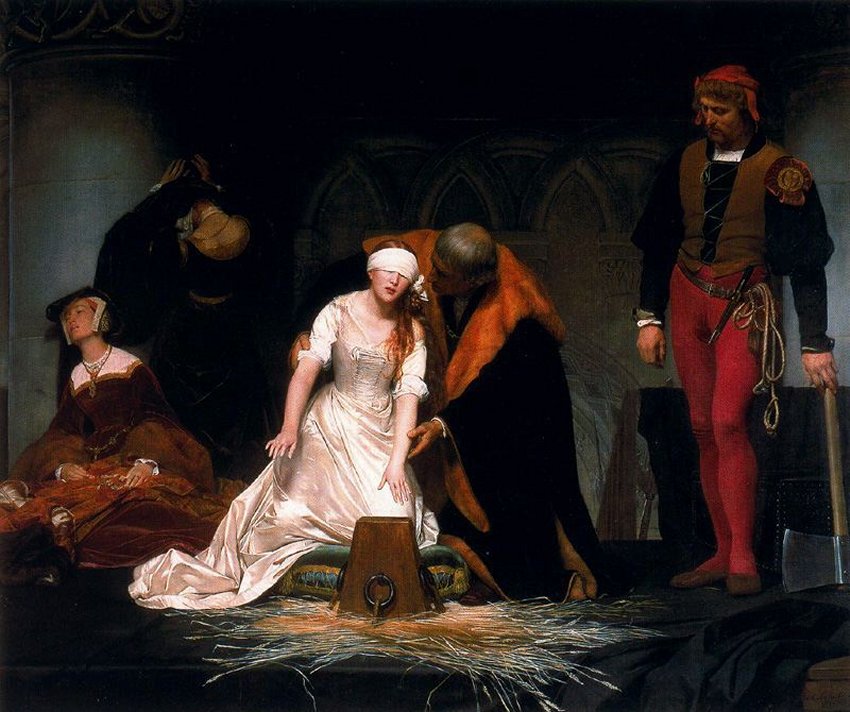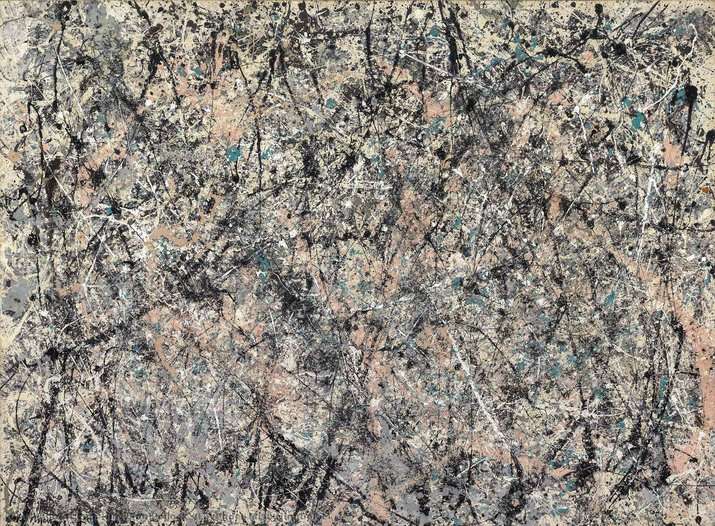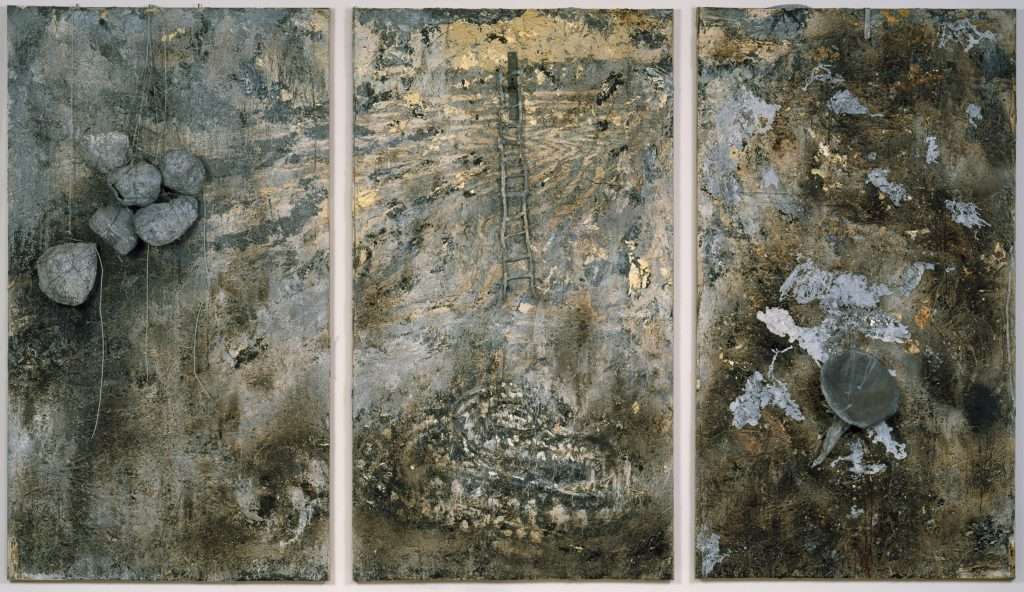TO PAINT OR NOT TO PAINT, THAT IS THE QUESTION
“If I knew that painting was dead, I would kill myself right now.”
Raquel Forner
It is not surprising that, in contemporary times, in the face of the great diversity of expressive modes or ways of making art, the presence of painting seems diminished. The tools available to generate artistic creation are innumerable, but the visual discourses that emerge will always attend to the human concerns that are brewing around and within that creation.
Artistic theories and narratives once appeared to relegate painting to a perceived loss of validity. Painting has always been a companion to human history, serving not just as an aesthetic reference but also as an informative one, evolving from being more real than reality itself to becoming self-referential, existing within its own medium and separating itself from any narrative function.

Paul Delaroche
The Execution of Lady Jane Gray ,1833
Oil on canvas
30 x 46 in
National Gallery, London
To paint or not to paint in these moments, after the transit of painting’s role as a creator of realities or as a subject of theoretical pronouncements over its life and death that emerged in the 19th century, when the Romantic painter Paul Delaroche declared: “Today, painting has died,” when faced with the insertion of photography in the art world and the subsequent move away from realistic representation as the painter’s primary aim.

Jackson Pollock
Number 1, 1950 (Lavender Mist), 1950
Oil, enamel, and aluminum on canvas
88 x 119 x 1 1/2 in
National Gallery of Art, Washington
https://arthive.com/es/jacksonpollock/works/335688~Number_1_Lavender_mist
Well into the 20th century, positions on pure painting emerged, such as those of art theorist Clement Greenberg, who declared that “the members of the New York school of painting were not only the last to experience living pure painting, but they were also among the best exponents of the medium because they managed to reach the pinnacle of the premise of ‘pictoriality’ as protagonist and property of painting that emerged from the consciousness of the medium and completely resolved its fundamental questioning. Therefore, painting no longer had any reason to exist.”1

Anselm Kiefer
Untitled, 1980-1986
Mixed Media-Painting
Panel with boulders:130 1/4 x 73 in, Panel with ladder:130 5/8 x 72 5/8 in, Panel with funnel: 130 1/4 x 72 7/8 in
North Carolina Museum of Art, North Carolina
That existence was once measured by its ability to tell stories, to speak from its own purity, or from the medium and the tools that produced it. Once again, the question of whether or not to paint arises for the contemporary artist amidst a hesitant action, an action unfolding within the decision to paint as reinvention in order to liberate painting from all aesthetic-formal imperatives and lead it to a re-figuration of its limits, with the intention of generating, in the pictorial act, new and refreshed arrangements of the conscious decision to paint within the act of painting itself.
[1] Clement Greenberg’s positions are taken from the edition La pintura moderna y otros ensayos, cited by Karina A. Quezada in “Painting has played dead”.
https://www.academia.edu/33916169/La_pintura_se_ha_hecho_la_muerta
Visitors
